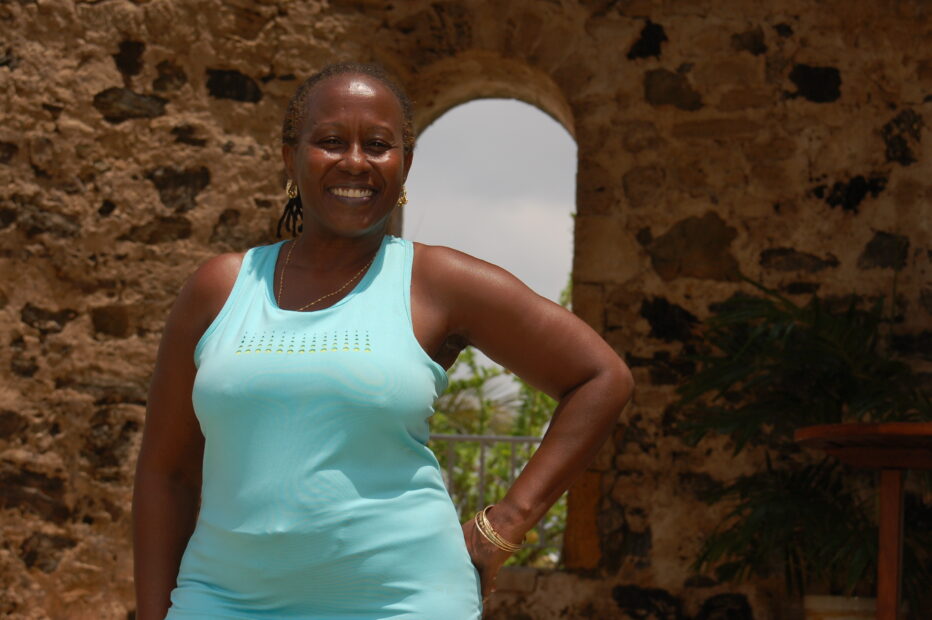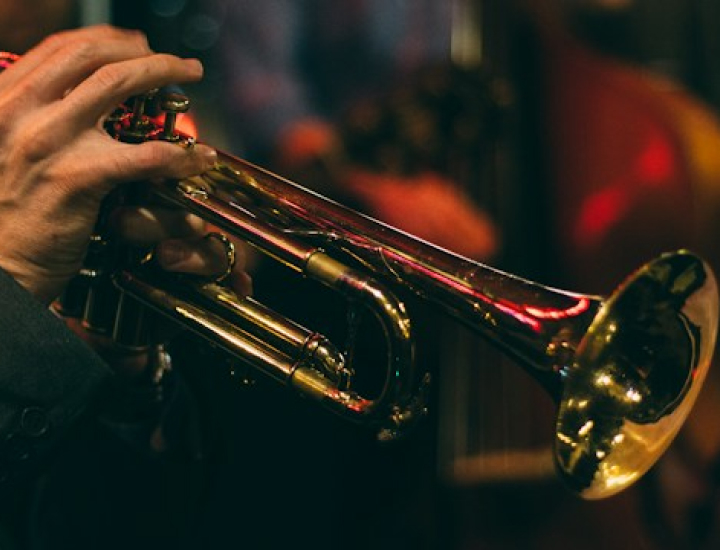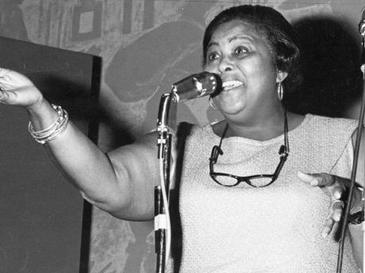Afrobeat Journal Issue 2 : Spring 2011
by Opal Palmer Adisa
Perhaps I could state that my only connection with Haiti is through Boukman, the Jamaican Obeah man who somehow made his way to Haiti and led a voodun ceremony that fortified and made Toussaint L’Ouverture resolute.
Like Boukman, I too am Jamaican. And Toussaint and Henri Christophe and Jean-Jacques Dessalines have long been my heroes.
Perhaps I should mention that I have only been to Haiti once, for five days.
Perhaps I should cite, as fate would have it, on my second day in Haiti, Jean-Claude Duvalier, aka Baby Doc, the former dictator returned to Haiti; he stayed in Hotel Karibe, the same hotel where I was in residence; and fate further aligned things that, not only was he staying on the third floor where I was installed, but he was just four doors down from mine, he in 303 and I at the end of the hall in 313 — I had to pass his room to get to mine.
The Tuesday when they came to arrest him, I had to walk down a hallway lined with eight policemen, armed with M16, on both sides of the hallway.
Perhaps, I should also mention, that I did want to interview Jean-Claude about why now his return, did he bring any of the money he stole to help the country get back on its feet?
I did write my request on my university business card and slipped it under his door, and was often tempted to knock on his door, just to say hello, but not speaking any French, I refrained.
And perhaps, just perhaps the romantic notions I hold about Haiti are just that – and it being the first in the new world to victoriously win its freedom, while a fact, could very well be a footnote in history for after all, in the last 50 years Haiti’s profile in the news has been one negative heaping after another.
Perhaps I should mention that I had read and re-read and also taught Jacques Roumain’s Master of the Dew, which I love, as well as the Negritude poet, Jean Price-Mars and more recently have read and taught and interviewed Edwidge Danticat, the much celebrated Haitian writer.
And perhaps the people I encountered in Haiti, and whose images you will see are as far apart from you and I as people can be in the same room.
Perhaps this is nothing more than homage, but maybe it is also my way as writer and artist to find my way through language and imagery into the real voices of Haiti, those Haitians that I encountered…
For what is the “role” of an artist in the midst of catastrophic, natural disaster?
What are the stories that the reporter glides over in his overview?
What stories call to the writer begging for a space to share, to speak another truth.
I have long used my writerly disposition to make up stories about people, and sometimes after I am done and I speak to these people, I am amazed at the accuracy, or rather how close I came to capturing the kernel of their life.
I spoke to many people on this trip to Haiti, interviewing them through my very able guide; I toured organized and make-shift camps, I watched people keenly, and often, I took their photographs, very quickly, sometimes sneakily, when they were unaware, partly because I didn’t want them posing, I wanted to capture them natural, in the act of whatever they were engaged in.
The camera is my other eyes and ears, and just like my own, it is very selective and bias, but it forges another path into people who pique my interest, people whose stories clamor to be told.
Perhaps I should say I am not a journalist, but I am telling a story about Haiti, and I would like to think these mini stories provide yet another composite in an infinite story of self determination, bravery, tenacity and the will to live.
These too are Haiti’s stories.
And after all, that is all history is, a series of stories that attempt to show what happened, the journey with all its mishaps and triumphs; and that is really all a writer/poet/photographer does, is to tell the same story from a different angle and leave it up to the readers to decide which point-of-view to believe, credit, retell and honor.
And perhaps I should say with all honesty that I left Haiti feeling drained, feeling overwhelmed, feeling both hopeless and jubilantly hopeful, but also terribly frustrated because I cannot image how Port au Prince can be ameliorated, I cannot see a way out for the majority of people, and I am truly puzzled.
How can a people who take so much pride in their appearance, who are so enormously creative in all ways, who have such awesome spirit of survival, not have a collective will to not just rise up, but to change fundamentally their socio-economic conditions?
How is that possible?
Why do they think they need a leader, when they have been surviving without one?
Don’t they recognize the Toussaint and Dessaline in themselves?
Finally, perhaps I should say, I love you Haiti, and I don’t want to be a stranger or a voyeur to your plight and your ways, but mostly, I must say I admire your fortitude, your creativity, and also what I see as your gentleness, your willingness to ride the tides until they settle into a sea of smooth glass.
So these poetic photos are my offerings to you as love, as support, to give you back glimpses of yourselves, to say I am one with you and share a dream, for, not just a brighter tomorrow, cliché as it is, but I share your dream to dream beyond what is, to what is possible.
The Renderings:
Who is Opal Palmer Adisa?

Opal Palmer Adisa, Ph. D, diverse and multi-genre, is an exceptional talent, nurtured on cane-sap and the oceanic breeze of the Caribbean. Writer of both poetry and prose, playwright/director, professor, gender specialist and cultural activist, Adisa has lectured and read her work throughout the United States, South Africa, Ghana, Nigeria, Kenya, Germany, Spain, France, England and Prague, and has performed in Italy and Bosnia. An award-winning poet and prose writer, Adisa has twenty-two titles to her credit, including the novel, It Begins With Tears (1997), that Rick Ayers proclaimed as one of the most motivational works for young adults.

